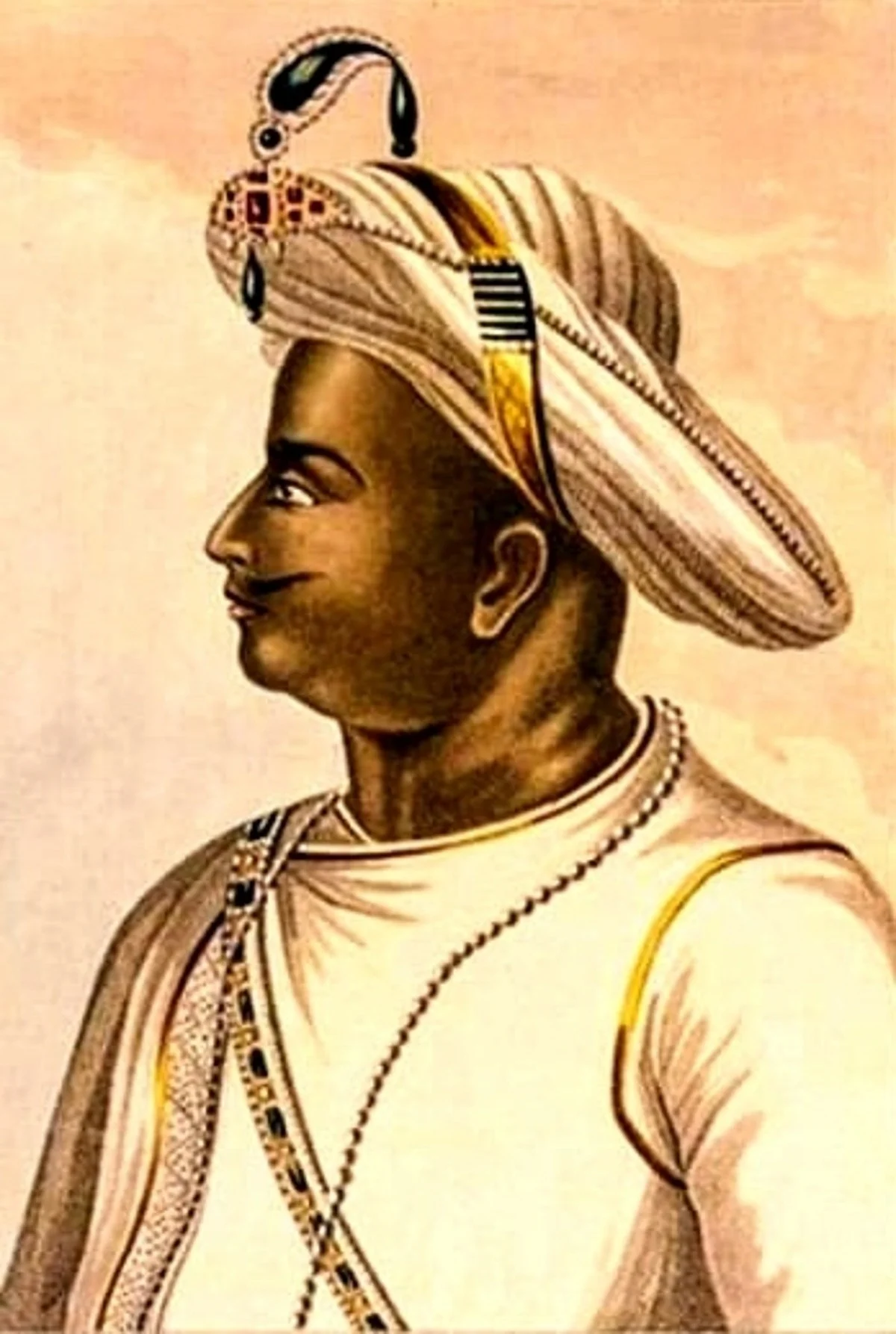Projecting Tipu Sultan as barbaric, biased part of right wing’s playbook of vilifying Muslim rulers
Many historians and authors have argued that the early accounts of Tipu Sultan which allude to brutality and religious intolerance were written by colonialist writers with close ties to British rulers

In 1799, when Srirangapatna was under siege during the Anglo Mysore War, its ruler Tipu Sultan was said to have had a mere 30,000 soldiers to fight against the British East India Company, the Europeans and the Marathas. When Tipu was, in fact, killed in this war, General Harris is quoted as saying, “India is now ours.”
Today, Tipu’s reputation as a nationalist freedom fighter and the last thorn in the side of the British empire which was stopping them from consolidating power in southern India is being maligned by right wing elements for narrow, vested political interests.
“We will vandalise the statue of Tipu Sultan if it’s established anywhere in Karnataka,” said Sri Rama Sene mentor Pramod Muthalik at Hubbali’s Idgah Maidan on 11 November 11 2022, responding to Congress MLA Tanvir Sait’s promise of erecting a 100 feet tall statue of the erstwhile Mysore king.
On 13 November 2022, theatre director of the Rangayana, Addanda Cariappa released a book titled ‘Tipu Nijakanasugalu’ which claims to reveal Tipu’s ‘true nature’. Speaking at the event, author SL Bhyrappa contested the valorisation of Tipu. “‘While Tipu is valorised despite all evidence of his true nature, the same people do not care much for A.PJ. Abdul Kalam,” he contended.
Karnataka has witnessed a pronounced shift in political ideology since the BJP took over reins of governance. The state government’s infamous decision to ban the wearing of the hijab in government schools led to several instances of communal violence and hatred. Many incidents of the barring of Muslim vendors from selling their wares outside temple premises, a ban on halal meat and the boycotting of Muslim fruit sellers made headlines.
There were also reports of attacks on Muslim vendors and instances of mosques being vandalised by right-wing groups on the occasion of Rama Navami.
In light of this, Muthalik’s threat of vandalism is just a manifestation of a deliberate plot to paint Tipu Sultan, a feared Muslim ruler, as barbaric and biased.
This is evidently anything but true.
Historian Kate Brittlebank, in her book on Tipu Sultan’s life titled ‘Tiger: The Life of Tipu Sultan’, wrote, “[his] generosity to temples, Sufi dargahs and mosques, as well as the great Math at Sringeri, are well documented, primarily through inscriptions and institutional records”.
She added that his in’am register held at the Kozhikode Archives in Kerala show sixty-seven grants of rent-free land authorised to temples as well as mosques.
Many historians and authors have also argued that the early accounts of Tipu Sultan that allude to brutality and religious intolerance were written by colonialist writers with close ties to Lord Cornwallis and Lord Wellesley.
It cannot be dismissed that Tipu Sultan was a complex person. His military expansionist ideas, tiffs with the Marathas as well as acts of violence against the Kodava people are famously documented.
However, the past, as it has been repeatedly said, is a foreign country, and judging historical figures with present day moral and ethical standards is misguided at best, and dubious at its worst.
Why then is Tipu being repeatedly dug out of his grave and examined under the glare of a grainy microscope? One may argue that a clearer view of the past may be useful to examine historical figures more critically.
However, the way in which the right wing groups and leaders of the BJP have gone about vilifying Tipu Sultan makes one wonder whether his alleged injustices in the distant past are being used as an excuse to persecute Muslims living in Karnataka.
All across the country, there have been court disputes in which right wing groups have claimed that various mosques were built upon the destroyed remains of Hindu temples. This has also happened in Karnataka at the Juma Masjid in Malali, Mangalore.
The validity of these claims aside, these cases solidify the hypothesis that the past is being used to condition Hindus into thinking that injustice has been done against them, for which they must seek revenge.
The ‘Imperial Courts of South India’ wing of the Victoria and Albert Museum in London has on display Tipu’s tiger, a mechanical toy that appears to be mauling a prostrate European. Tiger motifs are rife in several of Tipu’s artefacts, which also gained him the title of ‘The Tiger of Mysore’.
As murky as it is to whitewash a complicated figure such as Tipu, it is equally disingenuous to write off his role in fighting the British, his military capabilities or his administrative acumen.
In fact, Brittlebank goes so far as to call him the ‘son of the soil’ and there is little dispute in this matter.
In this regard, Addanda Cariappa’s book and Pramod Muthalik’s statement teach us something about the nature of history. Perhaps distortion is a disingenuous term to use here. But these cases certainly point to a sophisticated manipulation of the past by cherry-picking sources and blurring the full picture.
It teaches us something about our present too — that many of us are governed by sensibilities so fragile that a manipulation as transparent as this has managed to work.
This is no longer the verbiage of a kooky fringe figure that one might write off. It is mainstream and begs our immediate attention.
Follow us on: Facebook, Twitter, Google News, Instagram
Join our official telegram channel (@nationalherald) and stay updated with the latest headlines